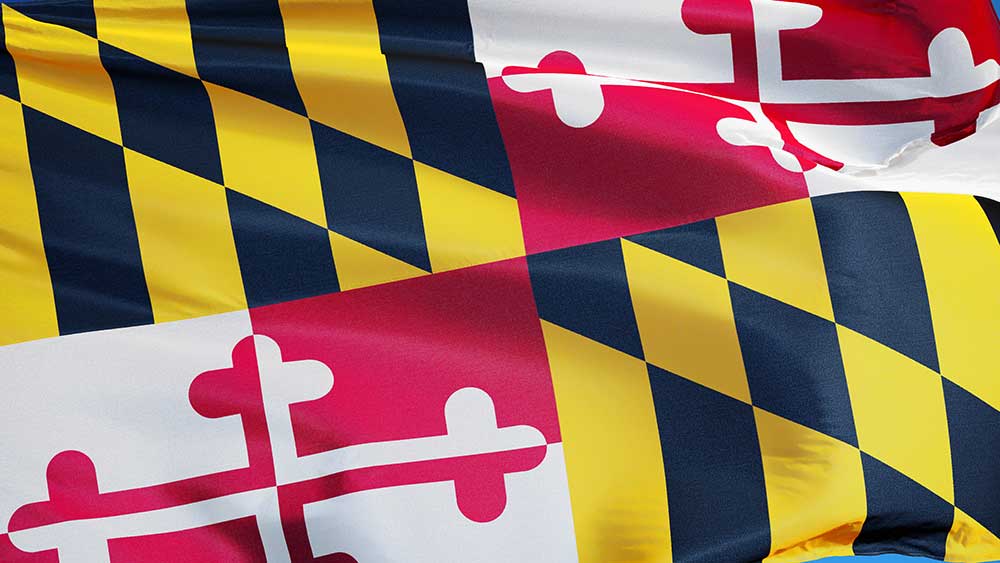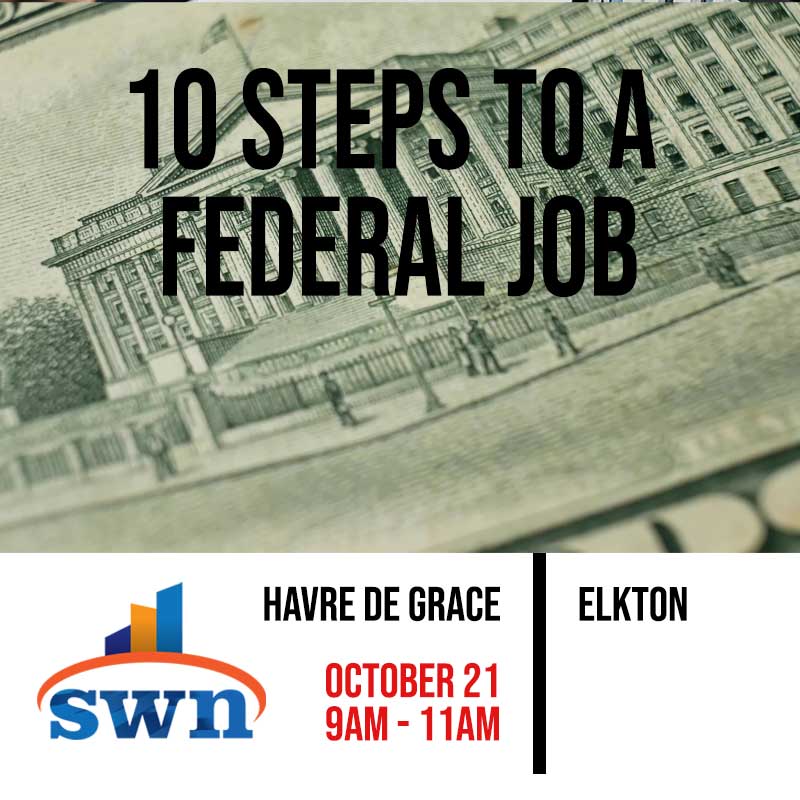THE 10 FASTEST-GROWING JOBS IN MARYLAND FOR 2021
This year, Maryland has been taking considerable steps towards reaching its previous employment rate. According to the Maryland Department of Labor, preliminary survey data shows that as of August, Maryland has reached an unemployment rate of 5.9%, which is the lowest since the beginning of the COVID-19 pandemic. And while the labor force participation rate and […]
THE 10 FASTEST-GROWING JOBS IN MARYLAND FOR 2021 Read More »













